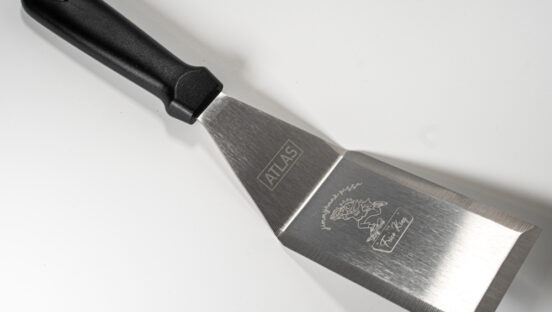Mighty Meat
By Andrew Abernathy
Pizza and pepperoni are so entwined that the two can be hard to separate—in the mind and on the menu. But there comes a time when it’s best to put down those cured, silver-dollar-sized morsels to attract a more eclectic carnivorous clientele. Incorporating alternative types of meat toppings into your recipes is a good way to connect with fresh flavors and possibly redefine the new house favorite. After all, let’s face facts: Your standard mozzarella-and-pepperoni pie might be the best in town, but customers can find this combination anywhere.
A unique protein selection provides an opportunity to connect with local vendors and market to a more adventurous demographic, says chef Peggy Ryan, a culinary instructor and meat toppings expert at Kendall College, Chicago’s School of Culinary Arts. “We’re seeing a lot more choices today and a lot of places are doing upscale pizza,” she explains. “You can make a pizza interesting and not just for kids or teenagers.”
In keeping with trends, Ryan sees more pizza makers embracing charcuterie—but that jump may not be ideal for every chef. As food writer Michael Ruhlmann, the author of Charcuterie: The Craft of Salting, Smoking and Curing, notes, preserving your own meats may require a learning curve. “Curing meats can be easy and difficult,” he says. “For instance, curing a whole ham is difficult, but curing a single duck breast is very easy. Similarly, smaller sausages are easier than larger sausages.” Ryan’s advice: Network with local vendors to enhance your meat lover offerings. But be sure to check with both your area health department and local farmer’s markets before stocking up on homemade sausages, prosciutto and pancetta, to ensure the source is safe and to make sure you’re getting the best deal. You might even find some already prepared meat toppings you wouldn’t expect, such as rabbit or venison, and if you have a client base that likes to hunt, these options might appeal.












